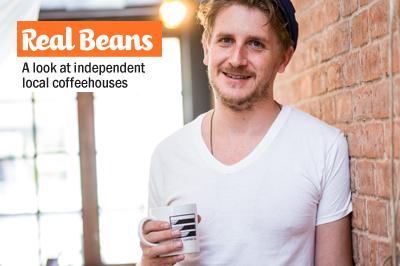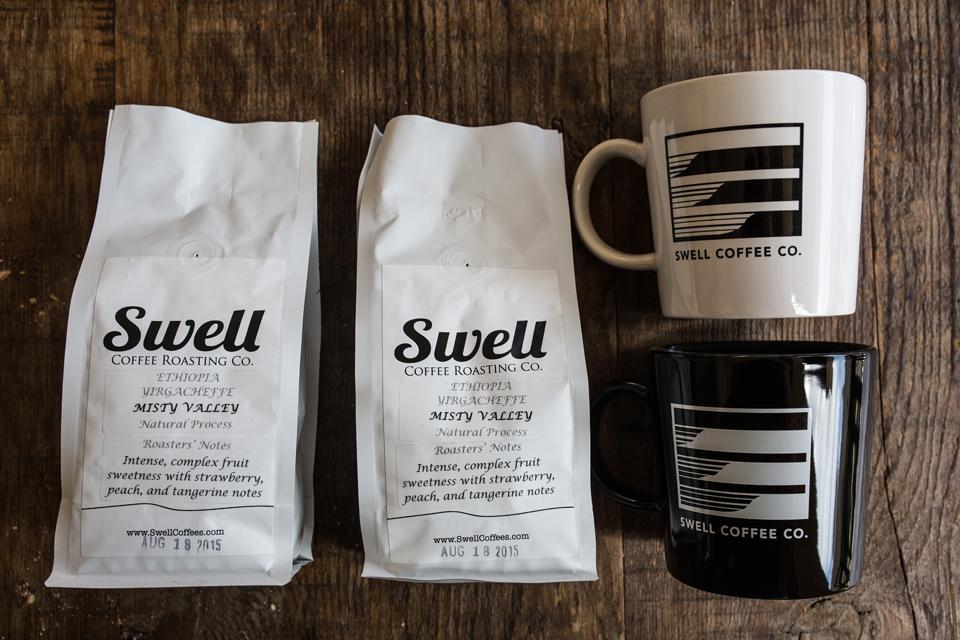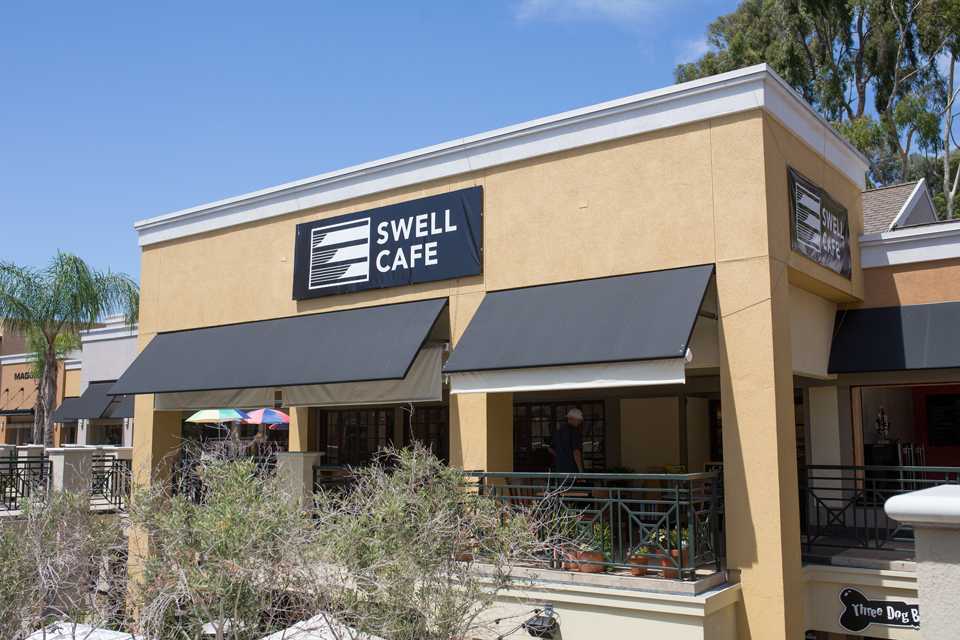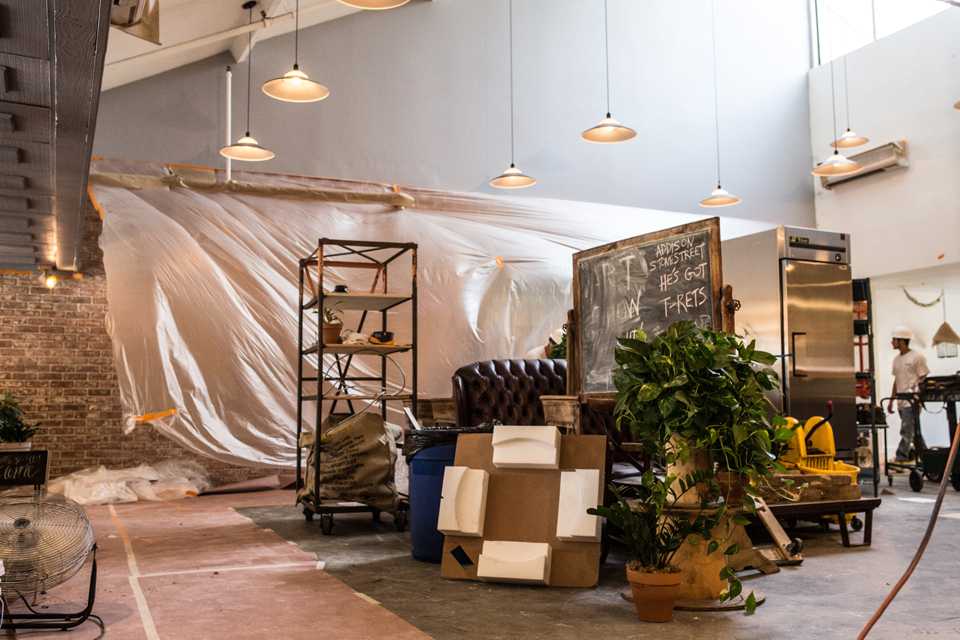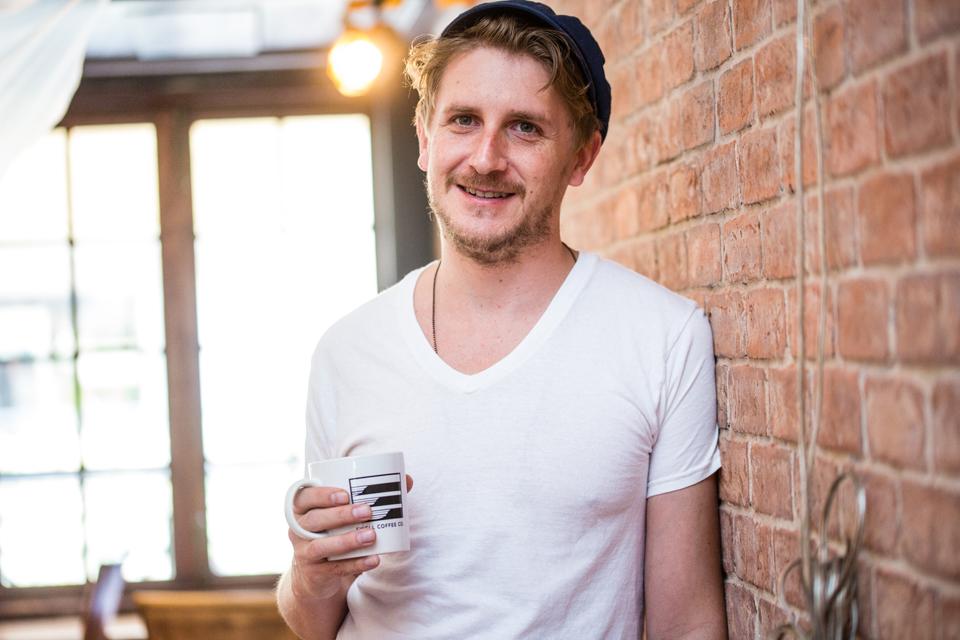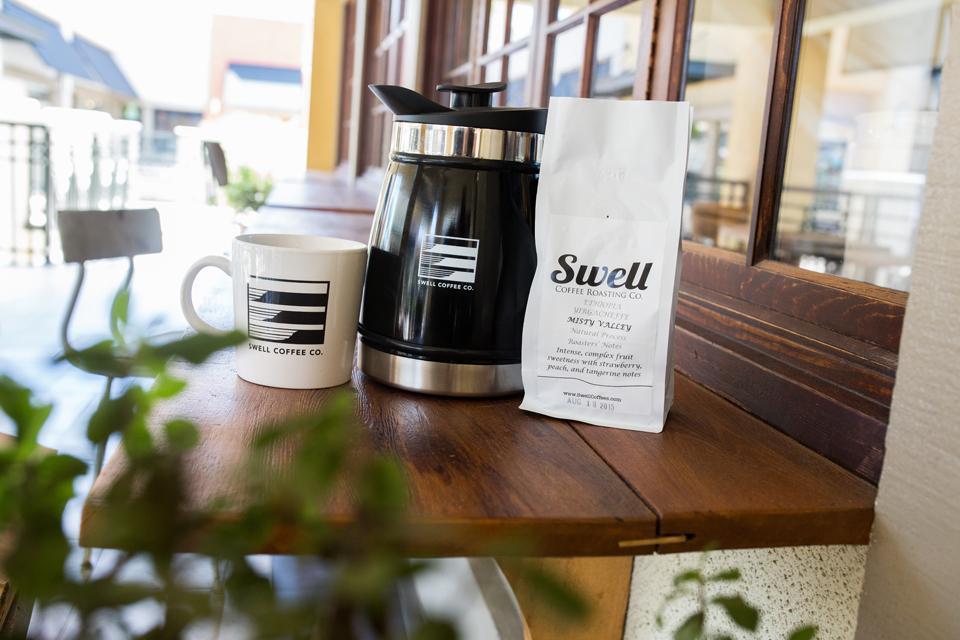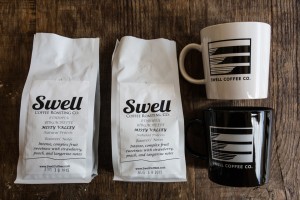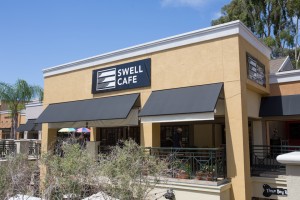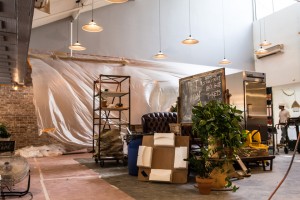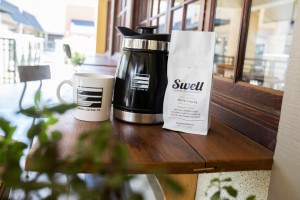Swell Cafe brings art of gourmet coffee to rising tide of interest
Roasters champion craft brew at new Flower Hill spot
September 3, 2015
(Swell Coffee closed in 2019)
John Vallas, the owner of Swell Cafe, wants to start a conversation about coffee, and he’s bringing it to the Flower Hill Promenade shopping center, wedged between the cities of San Diego, Del Mar and Solana beach, where Swell Cafe has opened a second location.
But first, one point of ambiguity needs to be cleared up. Is that “swell” as in “ocean swell,” or the anachronistic 1950s term, popularized by the Cleaver-family boy, for “good”?
“It’s a double entendre,” Vallas said. The name was originally meant to convey the marine sense of the word, to reflect Swell Cafe’s first location in Mission Beach, but Vallas found the second shade of meaning irresistible.
“It’s just an iconic word,” he said. “Before people said cool and awesome, they said swell.”
Swell Cafe is taking over the location at 2670 Via De La Valle from Cafe Cantata, which had it for a little more than a year after it took over from longtime occupant Pannikin Coffee & Tea.
Like its predecessor, Swell Cafe will still offer a menu with breakfast and lunch items. But at its heart is what Swell Cafe coffee roaster Brian Gerhard called a “fanatical, almost religious” devotion to coffee that was lacking during Cafe Cantata’s tenure.
All of the coffees at Swell Cafe are roasted at its roasting facility in Point Loma, with much trial and error, to bring out the unique qualities of each single-origin bean. The baristas, in turn, constantly tweak their brewing methods, striving to pour the perfect cup.
The variety might be unfamiliar to the average coffee consumer in the era of big chain coffee shops selling consistent cups usually brewed one of two ways, light or dark.
- Other coffeehouses profiled in the Current’s Real Beans series
Sugar Encinitas: A coffeehouse where everything’s nice
Carlsbad roaster focuses on the art of coffee
Old Cal, new pal: Shop owners building connections
It’s Café Ipe, but you can call it Coffee Coffee
“As a consumer, historically, we’ve been duped into believing that coffee tastes the same,” Vallas said. “It’s always like dark and roasty and ash flavored. We call it burning it, but the larger companies roast the coffee to a single individual profile so that they do get a consistent coffee, whether you’re in Nebraska or in California or in Florida.”
However, Vallas is encouraged by trends in consumer tastes brought about by that other San Diego artisan commodity: craft beer.
“We have a really great opportunity to follow in the footsteps of what’s happened in the craft beer industry here,” Vallas said. “Where people have started becoming educated and learning about different flavors of beer, and now people don’t want the same beer all the time.”
Sitting at a table in the back of the Flower Hill cafe Aug. 15 on a bright and sunny Saturday afternoon, Gerhard, the coffee roaster, waxed poetic about coffee, sounding frequently technical. As he tossed out terms like profile roasting, “charging” the beans, “tiger striping” and carbon-dioxide gas extraction, the eyes of the uninitiated were in danger of glazing over.
Can the on-the-go coffee drinker, in the end, tell the difference?
“Anyone can tell the difference,” Gerhard said. He had a trainee barista pull two shots of espresso, one at 26 seconds brewing time, the other at 30.
The coffee oozed out of the machine dark brown and crude, then began the “tiger striping” Gerhard mentioned, blonde streaks suffusing the stream.
Twenty-six seconds later, and the tiny cup was passed back and forth for a taste: sour, “like grape skins,” Gerhard said.
Again, 30 seconds this time. The taste was decidedly less sour, more bitter. A four-second difference that made a noticeable improvement in the taste.
Gerhard and Vallas want to repeat exchanges like this one with more customers, to teach them about the nuances of a good cup of coffee. And if you’re just looking for a place to study or get some work done, there’s still that, too, as many open laptops attested.
Outside, James Rigopulos, of Del Mar, John Tsitsikaos, of San Marcos, and George Peponides, of Encinitas, sat around a table on the cafe’s patio. The three friends from the Greek Orthodox church in Cardiff-by-the-Sea have had their weekly meeting here since the place was the Pannikin to discuss Greek politics, economics and culture, and to speak the language.
On the table were coffee mugs and pastries. Rigopulos, who takes his coffee black, said he didn’t notice much of a difference in the taste.
“I’m not a big coffee connoisseur, but I think it’s definitely better,” Peponides said.
“Do you get fancy coffee or just standard?” Rigopulos asked Peponides.
“No, it’s regular coffee,” Peponides responded.
“Cafe americano.”
“Not americano. Drip coffee.”
“American coffee.”
“We call it American coffee, but cafe americano is something different, right?”
“Probably. I was translating,” Rigopulos said in his defense.
Eventually, the three reached a consensus that cafe americano is something like watered down espresso, which it basically is.
“And in Greece we call it French coffee,” Tsitsikaos said. “The drip coffee is actually French coffee. It’s so confusing.”
Adam Burkhart is a San Diego freelance writer
Do you have a favorite independent North Coast coffee shop you’d like to see featured in the Current’s Real Beans series? Let us know at info@northcoastcurrent.com.



